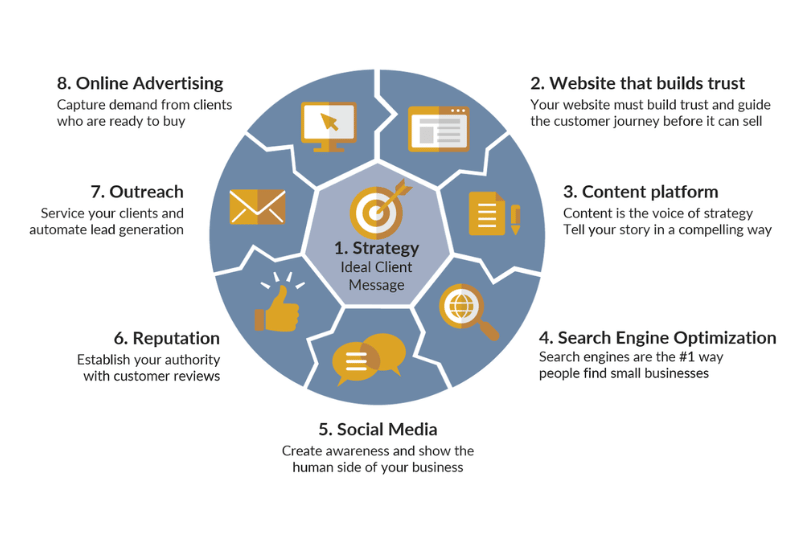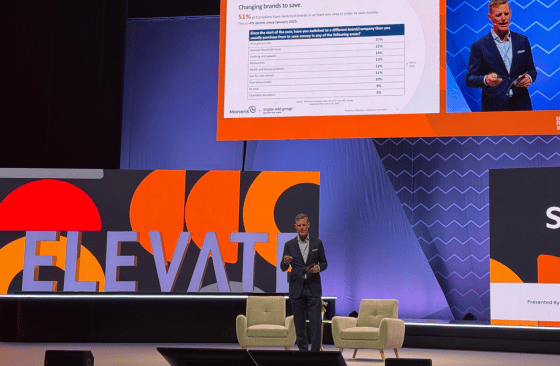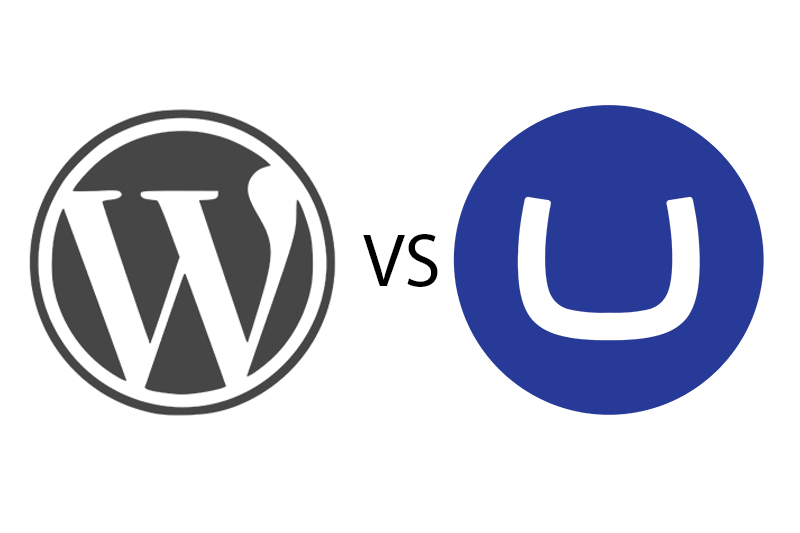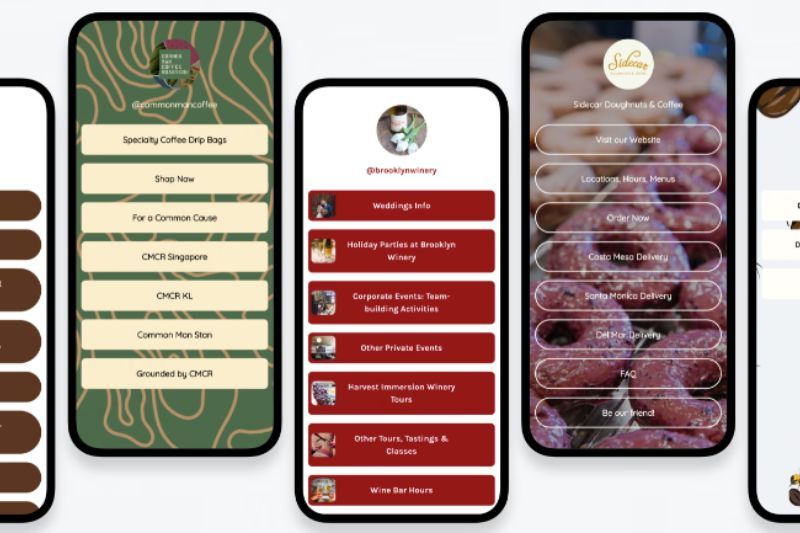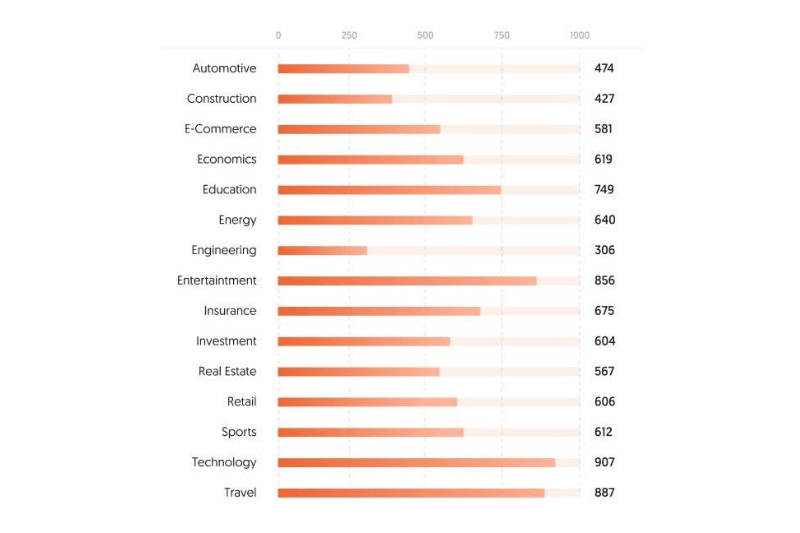Storming The CASL: How To Deal With The Canadian Anti-Spam Legislation
This big scary document full of legalese only really prohibits blind message spam and its requirements are very easy to implement. The government hasn’t killed your digital or direct marketing.
I’m going to go over what CASL actually is, in practice, and how you can make your digital marketing strategy CASL-safe.
From now on I’m going to refer to the emails, text messages and whatever else you’re sending as CEMs, or commercial electronic messages. Got it? Good. Let’s get started.
Every time you send a CEM, you have to meet three criteria.
1. Identification
You have to clearly identify your business who sent it and anybody else who stands to benefit from the message–business partners and so on. This one’s easy, just be transparent. If you want to be successful with direct marketing, you’ll want people to know your business anyway. Also, many digital marketing services identify the client by default.
2. Offer to Un-subscribe
You have to include an obvious option for whoever received the CEM to back out and never receive another message from your campaign. For example:
“To unsubscribe, click this link” / “To unsubscribe, text 123-321-1234 with the subject ‘unsubscribe’”
Once you receive an unsubscribe request, you simply remove the customer from your campaign’s mailing/texting list. Not only is this required by law, it also tells the end user “I respect that you don’t want to receive my marketing messages”, which can go a long way towards whether or not they pay attention to any future CEMs.
3. Consent
Here’s the big one, the main part of CASL. You can only send a CEM to someone if you have express or implied consent to do so. There are two forms of consent: express and implied. I’ll go over each in detail in a moment but there’s something very important I need to mention first.
If an issue arises, who has to prove consent? You do, because your business is claiming to have consent.
Express Consent means that they wrote or said that they want to receive a CEM from you before you sent it. Signing up for a service, whether through a physical form, a landing page or another means, is an example of express consent. Once you have express consent it lasts until the individual withdraws it, usually by un-subscribing.
A few noteworthy points on this type of consent:
What if you want to install a program onto someone’s computer, like a smartphone app for your business? You’ll need express consent for that too. How do you get it? By having a Download button they can choose to press.
Can you send a CEM asking for consent to receive another, different CEM? Only if you have consent to send the first.
How can you keep track of express consent? A customer database. It can detail the who, what, where, when, why and how of the customer giving consent along with whether or not they remain subscribed and any other important data.
What about events establishing express consent before CASL’s implementation? Anything up to 3 years before CASL (July 1, 2011 at the earliest) is valid.
How do I prove express consent? Just have a record of the consent being given–a copy of a written agreement, for example, or a database on who signed up for your service.
Express consent is very easy and straightforward to obtain. It’s the other form of consent that’s a little trickier…
Implied consent means that they have a pre-existing relationship with your business, an association that implies they’d be interested in receiving CEMs from you. There are a number of ways you can obtain implied consent, which include but aren’t limited to:
- If they previously purchased something or asked about a product from your business.
- If they publically published their email address on a website.
- If they gave you their business card.
Unlike express consent, implied consent lasts a set time depending on what they did to give consent. For example, if somebody purchases something from your business, their implied consent lasts 2 years from the transaction date. If somebody only asks about something your business sells, their implied consent lasts 6 months from the date they asked.
A couple of noteworthy points on this type of consent:
How can I keep track of implied consent? With the same database I recommended, you could include entries for instances of implied consent. To make this a little easier on yourself, every now and then you should ask for express consent from customers who’ve given implied consent–asking if they want to keep receiving messages and so on.
How do I prove implied consent? You have to demonstrate that your company had a prior business relationship with the customer.
CASL may seem like a lot, particularly the matters of consent, but it’s all very simple when you get down to it. Make sure you’re only sending CEMs to people you know want to receive them, be transparent about who is sending the messages and give people an option to be left alone if they wish.
If you’re looking for more information on CASL and how to adjust your digital or direct marketing to it, here are some helpful links. The CRTC has issued advisories explaining how best to keep consent records and how CASL defines consent . Here’s also the full CASL text if you’re interested.
How has your business adjusted its digital and direct marketing in a post-CASL world? Have you been able to adapt with ease? Had some trouble? Let us know, we’d love to hear from you.
Do you have any questions on the above, or would you like to share your experience? Just email ideas@mawazo.ca or call +1 (833) 503-0807.
At Mawazo Marketing we work with owners of B2B companies who want to accelerate their business. We help them with a concrete digital growth plan, a website that saves operational cost, and a digital marketing system that generates leads. For qualifying clients we offer a 5x ROI guarantee: if we don't reach the objective, then we pay back the difference. Book a Free Strategy Session to find out more.
